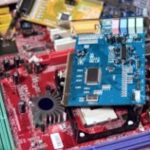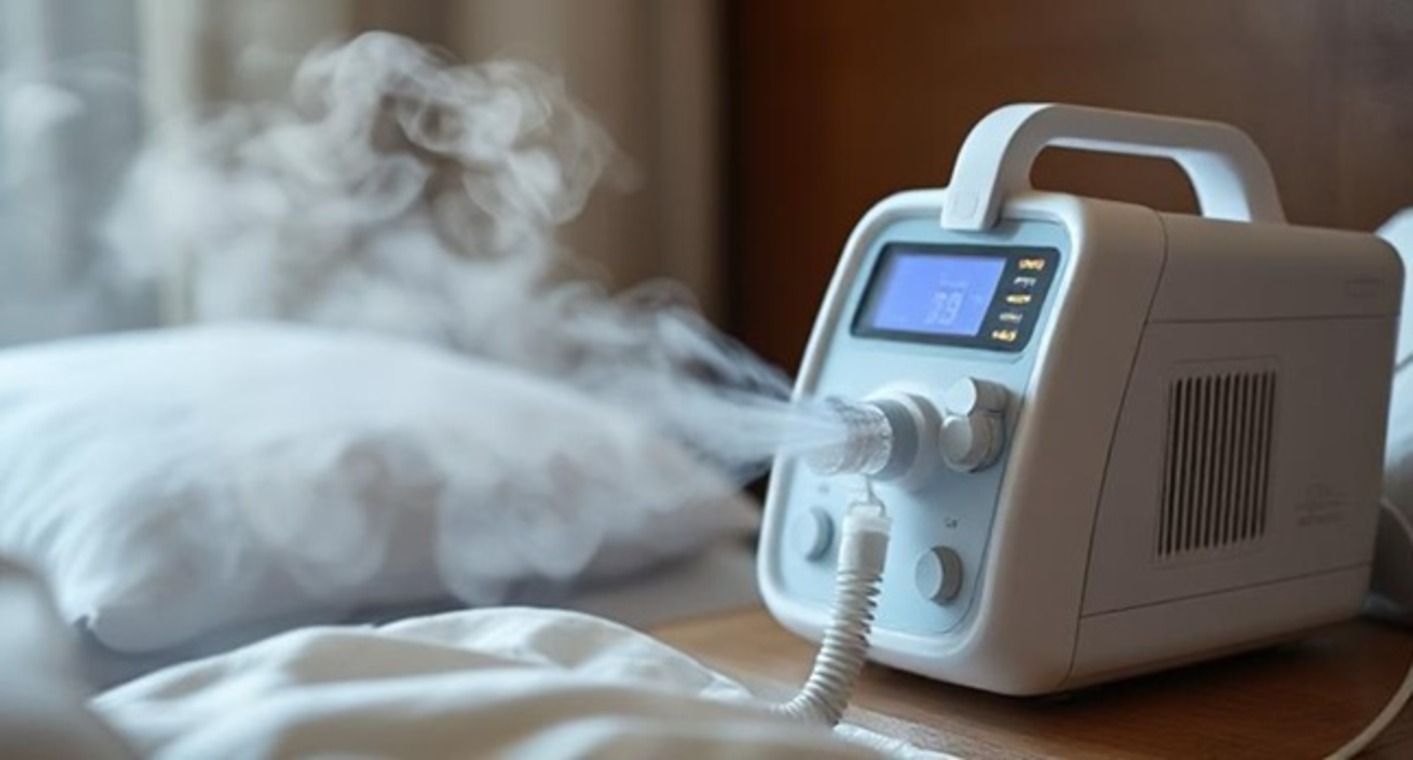
Future-Proofing Embedded Systems: Smart Strategies to Manage Obsolescence and Drive Innovation
October 22, 2025
Mastering ISO 13485: A Must-Know Guide for Medical Device Manufacturers
October 22, 2025
Future-Proofing Embedded Systems: Smart Strategies to Manage Obsolescence and Drive Innovation
October 22, 2025
Mastering ISO 13485: A Must-Know Guide for Medical Device Manufacturers
October 22, 2025
Reimaging CPAP Humidification: Why Traditional Methods Are Obsolete
CPAP therapy has come a long way in treating sleep apnea, but the humidification mechanism in CPAP seems stuck in the past. Despite advancements in sensors, algorithms, connectivity and form factor, most CPAP devices continue to use the traditional bulky and inefficient double heated plate humidification mechanism.
Limitations of traditional approach
CPAP devices typically use heated humidification, where water is heated to add moisture to the airflow. This is achieved through a double heating plate mechanism. A primary heated plate inside the device is heated using an electric heating element. This plate then transfers heat to a secondary plate on the removable water tank. As the secondary plate warms, it heats the water inside the tank and crate water vapours. This method is old and has multiple limitations;
- Bulkier design with increased number of components
- Dual heating plate system is not energy efficient and consumes more power
- Passive control over the vapour creation. Works based on an initial calibration done for plate temperature with vapour content
- Safety hazards with a heated plate on accessible part of the device
- Slow humidification process. The traditional devices often come with a “pre-heat” feature to compensate this delay
- Can cause “rainout” (water condensation in the tube) if the air cools before reaching the mask leading to discomfort
Alternate approaches to humidification
Modern technologies offer promising alternatives to traditional humidification mechanism.
I. Modified Heated Humidification
Heated humidification for CPAP can be slightly modified for better energy efficiency by replacing the conventional double-plate mechanism with an integrated, single-plate solution. This type of mechanism is commonly used in electric kettles.
In this approach, both the heating plate and the heating element are built directly into the base of the water tub. When the tub is inserted into the CPAP device, the design ensures a safe and efficient electrical connection through a positive contact system. The male connector on the tub can engage with a mating female contact on the machine. The female contact point can remain closed and protected, opens only when the tub is inserted.
This simplified mechanism improves user safety by reducing exposure to electrical or heat related hazards. It also lowers the power loss and system complexity, enabling a more compact, travel-friendly and reliable humidification solution.
II. Ultrasonic Humidification
Ultrasonic humidification uses a high-frequency sound waves to vibrate a small diaphragm, creating a fine mist of water without the need for heat. This method significantly reduces the power consumption. Since it generates cool mist, ultrasonic humidification also minimizes “rainout" issues in the tubing, enhancing overall comfort for the user. Its compact size and silent operation make it ideal for portable or travel-friendly CPAP designs.
However, to ensure safe therapy, the system must incorporate an effective filtration to prevent aerosol contaminants and microbes.
III. Membrane-based Humidification
This emerging mechanism offers a passive alternative to traditional CPAP humidifiers, using a semi-permeable, hydrophilic membrane that allows only water vapor to pass through, closely mimicking the natural humidification process of the human lungs. As air flows across the membrane, it absorbs moisture in vapor form, delivering consistent humidity without the need for heat or moving parts. This approach eliminates the risk of condensation (“rainout”) and significantly reduces power consumption, making it ideal for portable or battery-powered CPAP systems.
However, as the newest among the available humidification technologies, membrane-based systems still require further testing and validation to ensure their long-term safety and effectiveness in medical applications.